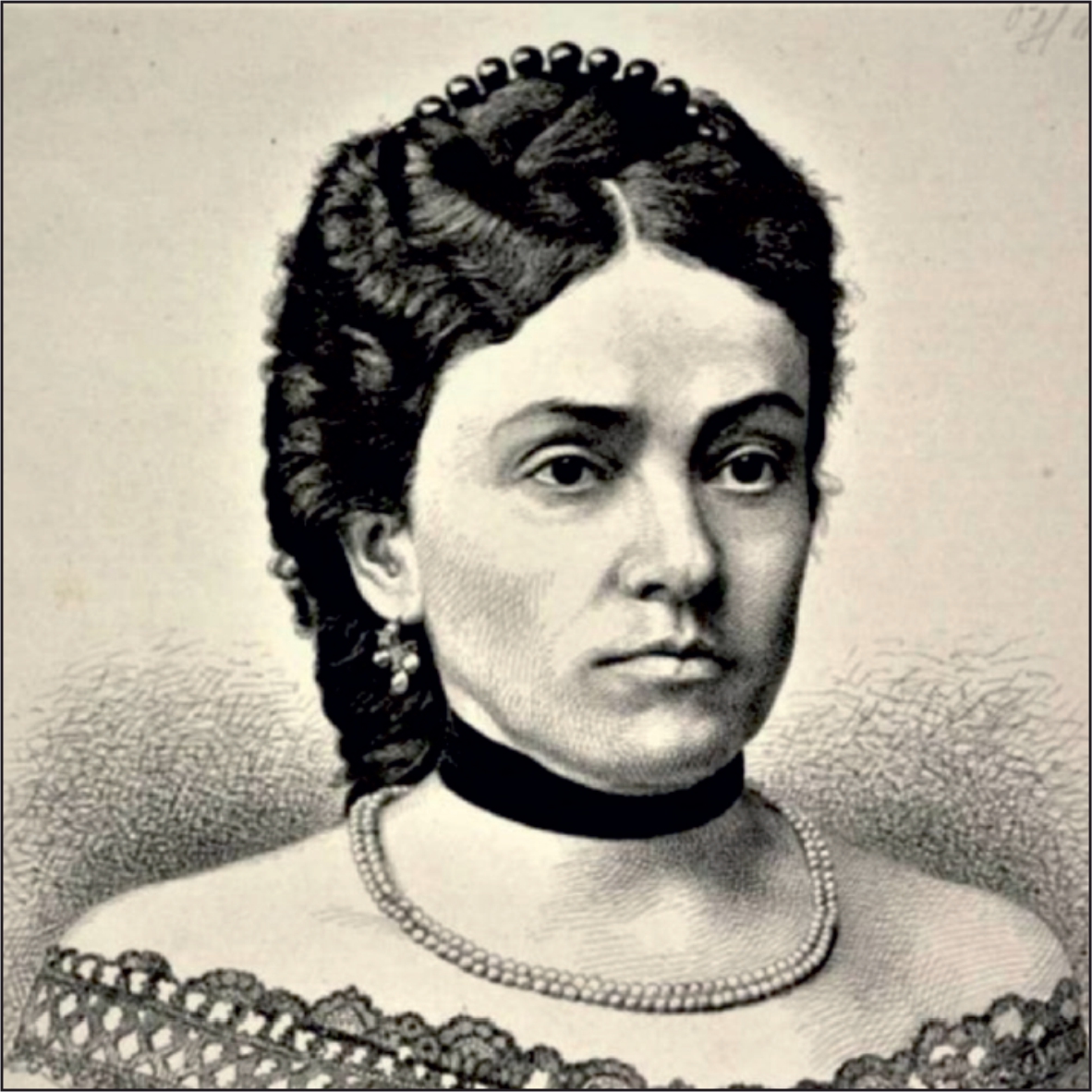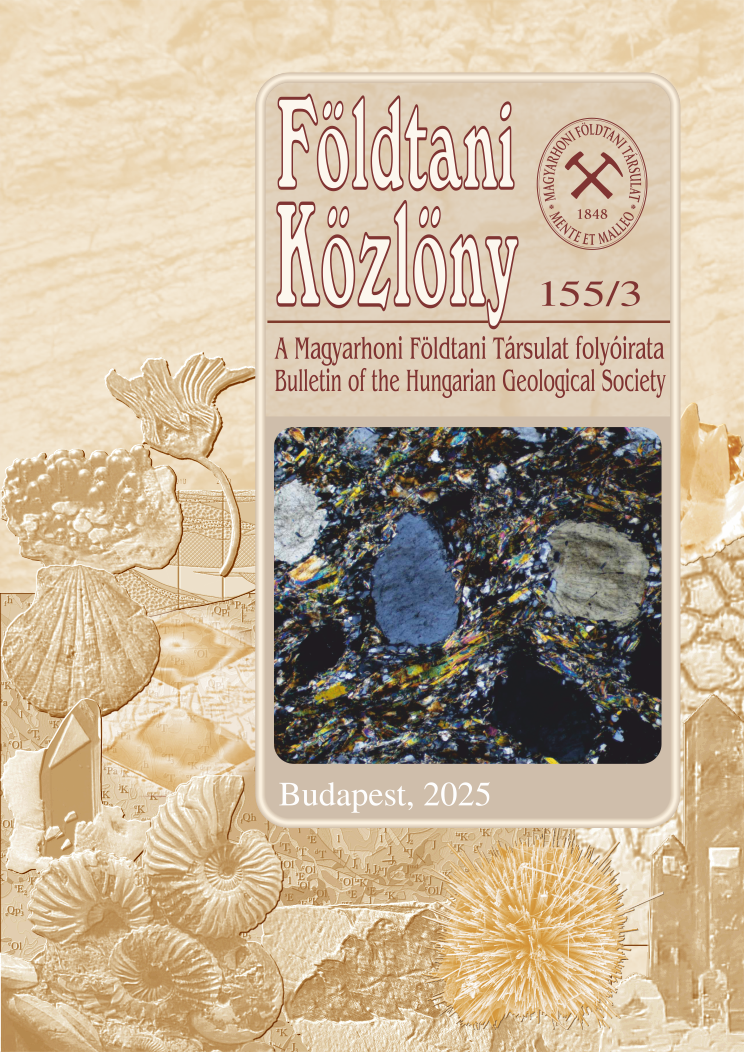In memory of Zsófia Torma, the first female Hungarian archaeologist and one of the earliest female members of the Hungarian Geological Society, who died 125 years ago
Abstract
Zsófia Torma (1832–1899) lived in an age when the gates of universities were still mostly closed to women, and it was rare for a woman to choose an academic career. However, with her great dedication, she became a renowned archaeologist even without an official qualification, and the first female Hungarian archaeologist, when this discipline was still in its infancy.
Thanks to her family background, she was attracted to archaeology from a young age. She was also interested in geology, in 1867 she joined the Hungarian Geological Society as one of its first female members. She studied many sites of Hunyad county in Transylvania. She sent fossils collected at the Lăpugiu de Sus Miocene and Grădiştea de Munte Cretaceous sites to Budapest to the Royal Hungarian Geological Institute. These fossils were defined by Gyula Halaváts, who also described a new species of Miocene snail among them, which he named Terebra (Myurella) Sophiae in honor of Zsófia Torma. Zsófia’s main field of interest, however, became archaeology, in which she conducted high-level research. She presented her Neolithic finds excavated at Turdaş from the Mureş riverside wall and other places at inter- national conferences and in publications. She carried out comparative analyses and created an internationally recognized museum collection from her findings in her home in Orăştie.
She was in contact with many well-known Hungarian and foreign specialists, mainly through extensive correspon- dence. However, several people did not agree with her theories, or because she was a woman, they did not take notice of her. In 1899, half a year before her death, she received a prominent recognition, as the Royal Hungarian Franz Joseph University in Cluj awarded her an honorary doctorate.
Zsófia Torma discovered the internationally important Neolithic Turdaş culture, and was the first to study it and publish about it. However, due to her name and work being forgotten for many years, this archaeological culture currently known as the Vinča or Vinča–Turdaş culture.
















